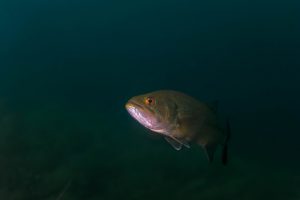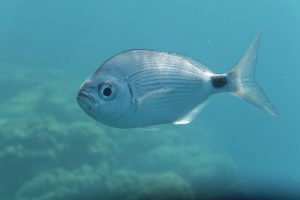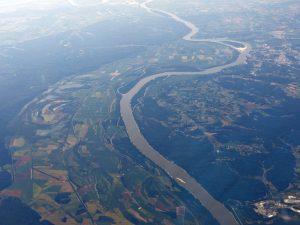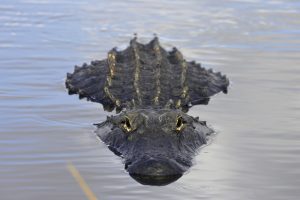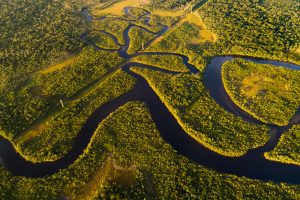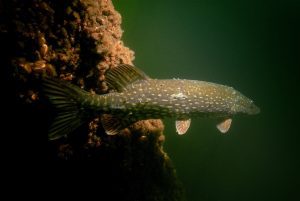The Mississippi River and its environs are known for many things, from indigenous people and species to amazing catches by anglers to the overall expanse of the river both in length and width.
There are many fish species in this river, attracting fishermen from all over. Catfish anglers specifically come here to try and catch the world’s largest blue catfish.
That begs the question: What is the biggest fish ever caught in the Mississippi?
On June 18, 2011, Buggs Island’s 143-pound blue catfish catch was verified as a milestone catfish that outweighed the previous world record by 13 pounds.
Moreover, it was verified as the new state title blue catfish in Virginia. It was on the John H. Kerr-Buggs Island Lake in proximity to Clarksville, Virginia, where the 143-pound massive blue catfish was hooked, smashing the previous record.
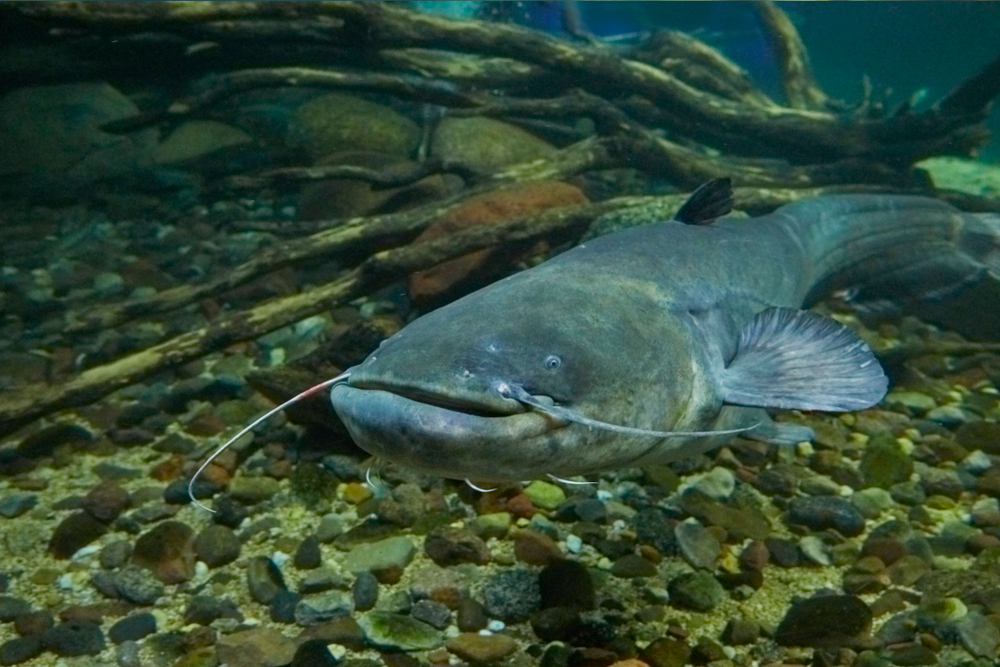
It was 57 inches long and had a 47-inch girth.
Table of Contents
Who caught the biggest fish in the Mississippi?
This father-son fishing excursion to Buggs Island included a high school football coach, Nick Anderson, who hails from Greenville, North Carolina.
Wielding a Shimano reel along with an Ugly Stik fishing rod, as well as a 30 lb. grade fishing line, Anderson snagged the fish at the Goat Island region close to Clarksville, Virginia.
The fisherman had to wrestle the beast of a fish to get it on the pontoon boat they were using for around 45 minutes.
No information has been made public regarding the catfish bait used by the fishers. In 2010, the Missouri River yielded the previous record-breaking blue catfish.
Was the largest catch in the Mississippi certified?
Mecklenburg Farm Supply in Chase City, Virginia, was the only place in the vicinity with large enough scales for the official weigh-in of Nick Anderson’s giant 143-pound blue catfish.
It is not until the International Game Fish Association certifies a fish as a world record that the achievement gets recognized as such.
The fish passed the IGFA certification process, confirming its status as the official new world. They met all the requirements and were given the green light.
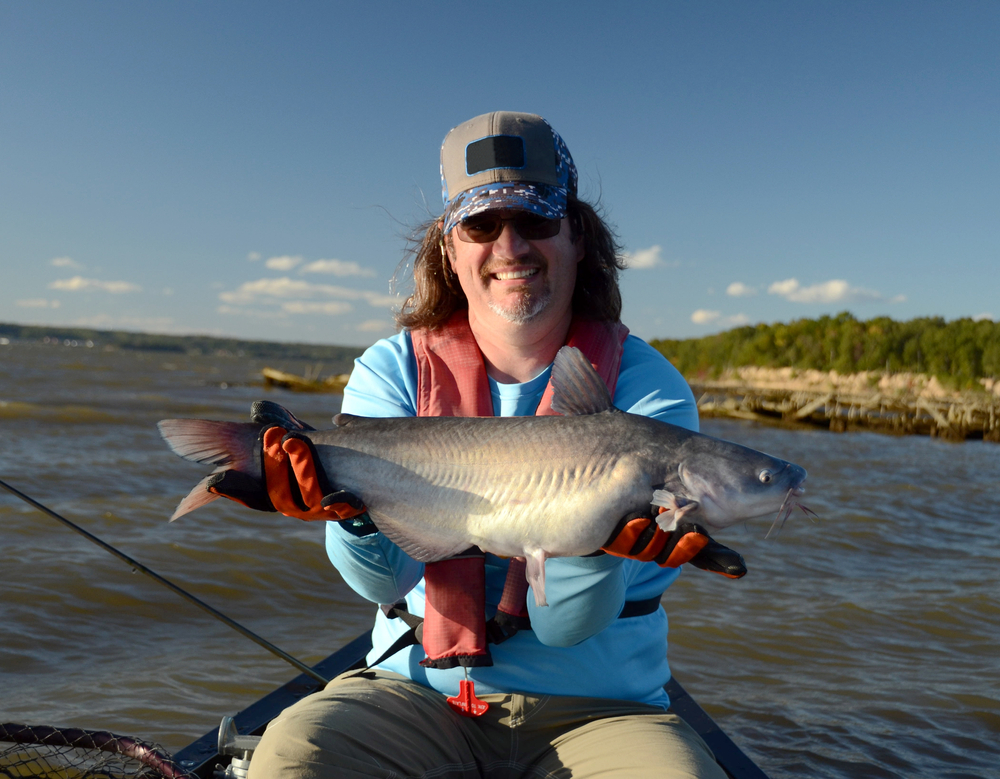
Because it took so long for the fishers to locate a verified scale massive enough to accommodate the massive cat, the 143-pound fish regrettably perished.
How prominent is fishing on the Mississippi River?
The Mississippi River, as well as the Great River Road, provides fishermen with access to some of the country’s best fishing spots.
Scores of boat ramps and fishing locations may be found all along the Mississippi River’s Great River Road.
Walleye fishing is well-known in the vast pools of Minnesota, Wisconsin, and Iowa. River fish in Tennessee, Kentucky, Illinois, and Missouri include catfish as well as largemouth, smallmouth bass, crappie, and walleye (among others).
Catfishing on the Mississippi River is best in Louisiana, Mississippi, and Arkansas.
How much is the Mississippi River used for fishing?
Fishing is not as common as it could be on the Mississippi River. As a result, anglers may expect good catches and the opportunity to land a genuine trophy.
In the 2,340-mile river, an angler may spend their entire life fishing a 30-mile section of it and yet not know all of its mysteries.
The Mississippi is definitely one of the world’s best fishing spots.
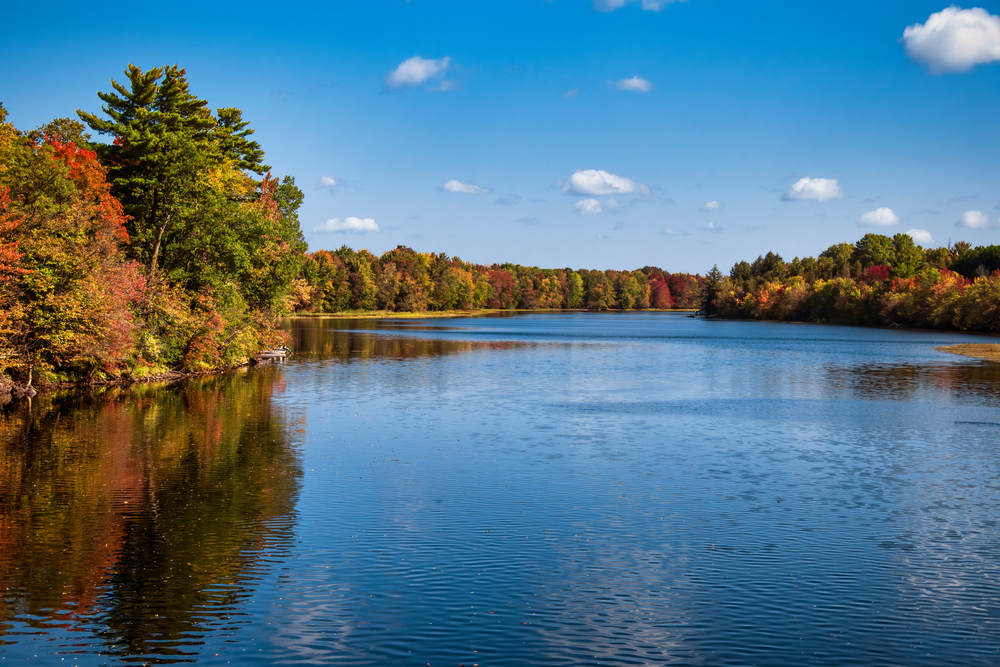
Where does the Missouri Department of Conservation recommend that you fish?
Fishing options on the Upper Mississippi River’s Pools 20–26 are as varied as the natural and man-made ecosystems.
Fast flow, deep waterways, and a few interconnected backwaters are typical of pre-impoundment situations in the top half of a pool.
There is some speed, lower side outlets, and linked backwaters in the bottom half of a pool. Therefore, this is the area that is most recommended for fishing.
What’s the best way to catch channel catfish in the Mississippi River?
Natural coastlines, sandbanks, rock-protected banks, plus drift piles with woody debris are all good places to look for channel (flathead) catfish.
Depending on the time of year, you can use various natural or manufactured bait to catch them.
Wooden or rock formations are the most common habitats for flathead catfish, and there is no doubt that flathead catfish like to eat live bait.
Most flathead catfish are captured on trotlines using live sunfish as bait since they are most active at night. Small flathead catfish abound, but there are also a fair number of fish above five pounds.
Where can you find blue catfish in the Mississippi River?
Blue catfish are less common than other catfish varieties throughout the Upper Mississippi River, particularly in the most northerly pools.
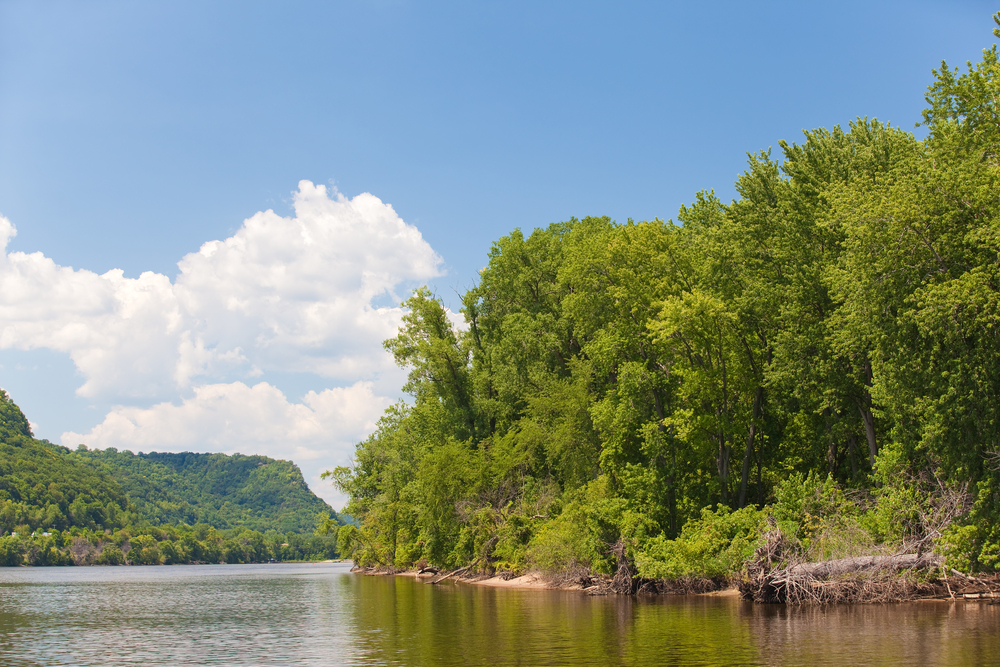
Deep holes, the primary channel, dam, and lock tailwaters, as well as rock structures, are all good places to find blue catfish.
Cut shad or herring and shrimps are among the most popular baits. Some blues, however rare, can weigh up to 70 kg.
How do you catch sauger and walleye in the Mississippi River?
Throughout the warmer seasons, sauger and walleye tend to congregate around wing dikes or riprap sandbanks where they enjoy a firm, rocky river bottom.
All through the winter, they tend to congregate around dam tailwater. Temperatures in the 50s are ideal for fishing as are areas with low flows through the dams.
To capture sauger and walleye in the tailwater, you should use a heavy minnow-baited jig to fish at the bottom of the water.
You can find largemouth bass, bluegill, and crappie in slack water areas along backwaters, tributaries, and wing dikes.
Anglers may catch freshwater drums in virtually any habitat using a wide range of artificial and natural baits.
Are you allowed to keep lake sturgeon after catching them?
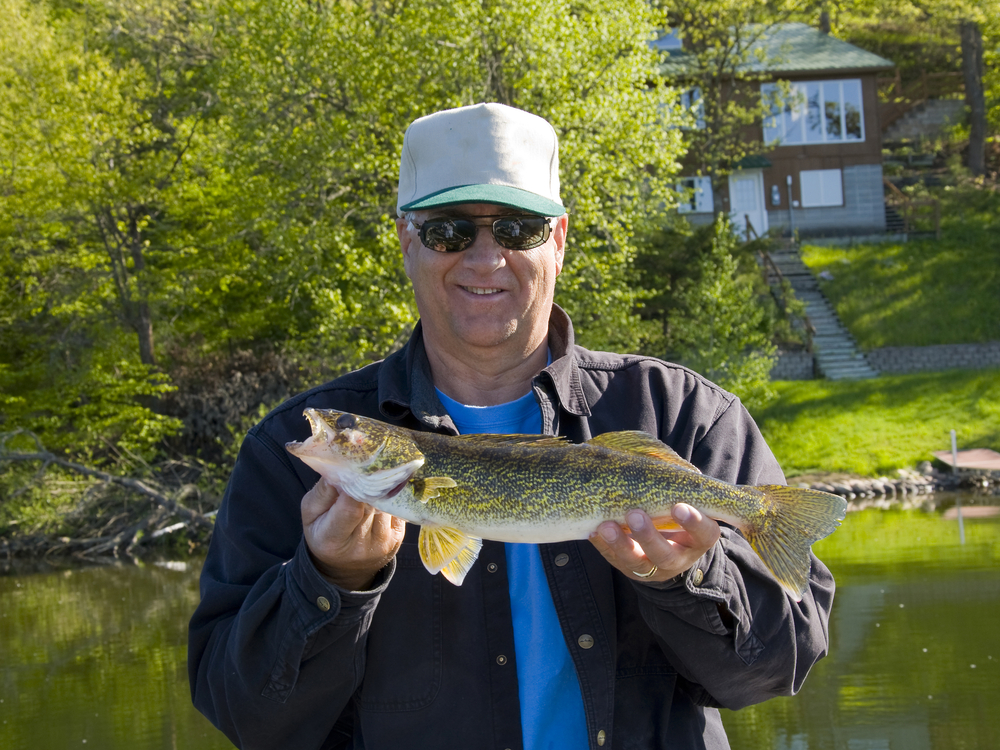
No! Because of the lake sturgeon restoration initiative, fishermen in Missouri have had success catching the endangered species. However, anglers must release any sturgeon they catch.
Lake sturgeon, some of which may weigh up to 40 pounds, are exhilarating to capture, but all of them must be immediately released back into the water.
Does the Illinois Department of Natural Resources promote fishing in their section of the Mississippi?
According to the Illinois Department of Natural Resources, “You name it, and the ‘Father of Waters’ has it.” So, yes, fishing is promoted here.
The northern reaches of the Mississippi are home to species like walleye, northern pike, and sauger.
A wide variety of fish can be found in the numerous backwater lakes as well as sloughs. Channel catfish, as well as white bass, can be found almost anywhere, and the fishery is often exploding with them at certain times of the year.
What are the chances of catching a big fish in the Illinois section of the Mississippi river?
An unwary fisherman can catch sturgeons and paddlefish, but they’re likely to swim away with the fisherman’s hook, line, and all.
In 1944, an alligator gar weighing a whopping 157 pounds was caught and is one of five Mississippi River state records for Illinois.
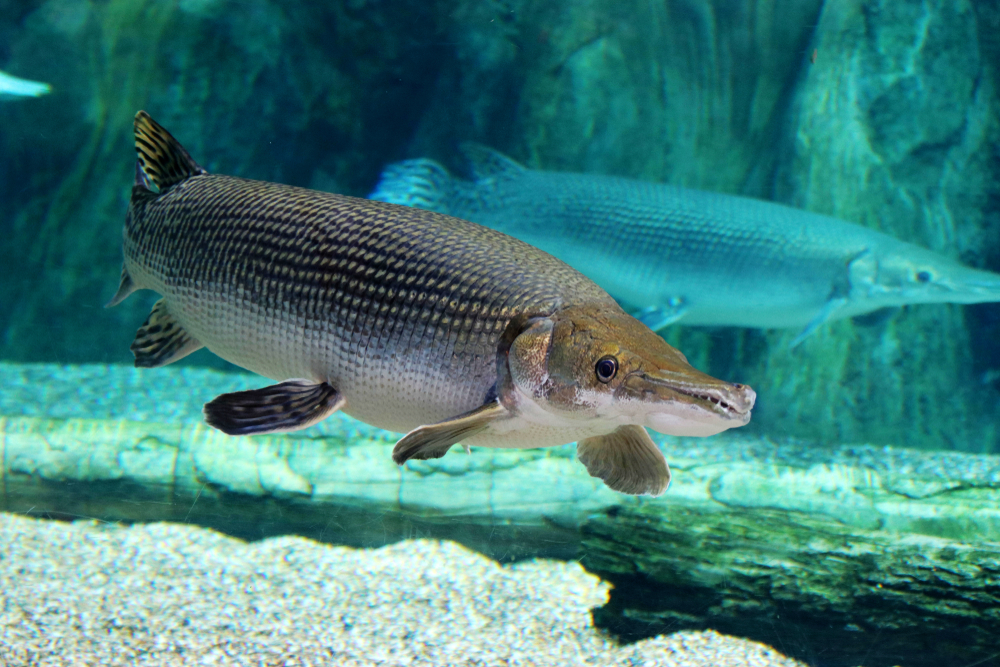
The state’s population of this species is extremely low. In addition to the five-pound, 12-ounce sauger, 48-pound buffalo, 57-pound huge sturgeon, and 52-pound paddlefish that were caught in 1977, this spectacular stream has produced other record-breaking fish.
Where are the best places to catch game fish along the Mississippi in Illinois?
To attract game fish and churn up food, every one of the roller dams’ tailwater sections provides rapid, turbulent water.
This is where the best walleye and sauger fishing happens in the spring and fall, respectively, behind these dams.
At times, white bass fishing is outstanding there as well.
Lakes, as well as sloughs, abound in the upper reaches of the reservoir. Many of these regions lack currents and are covered in aquatic plants.
You’re in for a treat when fishing in places like flooded thickets and stump areas, as there are high populations of bullheads, largemouth bass, crappies, and bluegills.
These locations are great for ice fishing in the winter.
Fishing in the side channels is also an excellent idea. Depending on the location, they can be as wide and deep as the main channel, or so shallow that they resemble sloughs.
There are currents in the channels during typical water levels. Fishermen can catch channel catfish, white bass, panfish, and drum in the area, among others.
What is the best catch near the Mississippi’s wing dams?
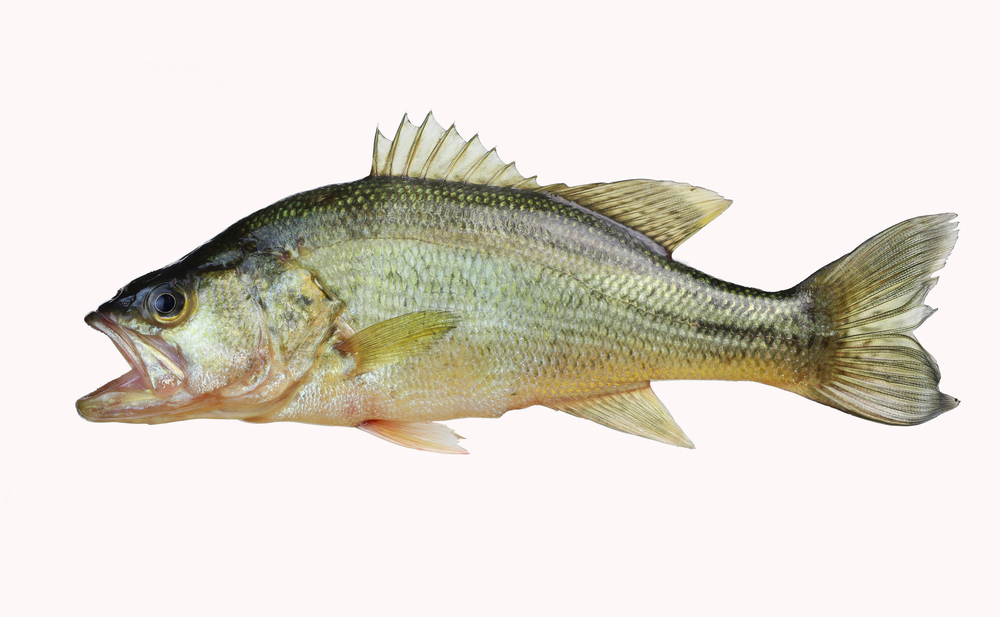
You can locate channel cats in the drop-offs between the flats and shallow water and the main channel.
Walleye, sauger, drum, channel catfish, and white bass love the wing dams in this border habitat’s main waterway.
One of the earliest attempts to manage the Mississippi River is still visible in the form of a wing dam.
Many were built in the late 1800s to prevent erosion and alter the flow of the river.
The fast-flowing waters at the downstream end of the dams are provided by emerging dams.
At higher river levels, they seem to generate a ripple effect in the water when immersed or partially submerged.
Deep scour holes are frequently found near the river’s edge and directly downstream within the dikes.
Fishing for walleye in the higher pools in the late fall, winter, through spring involves trolling above all those wing dams.
These dams necessitate some boat-handling abilities to manage the speed or even depth of the enticement.
During low-water seasons, other anglers can go out on those dams and consistently catch channel catfish or even white bass.
Where are the walleye and catfish hotspots on the Mississippi in Illinois?
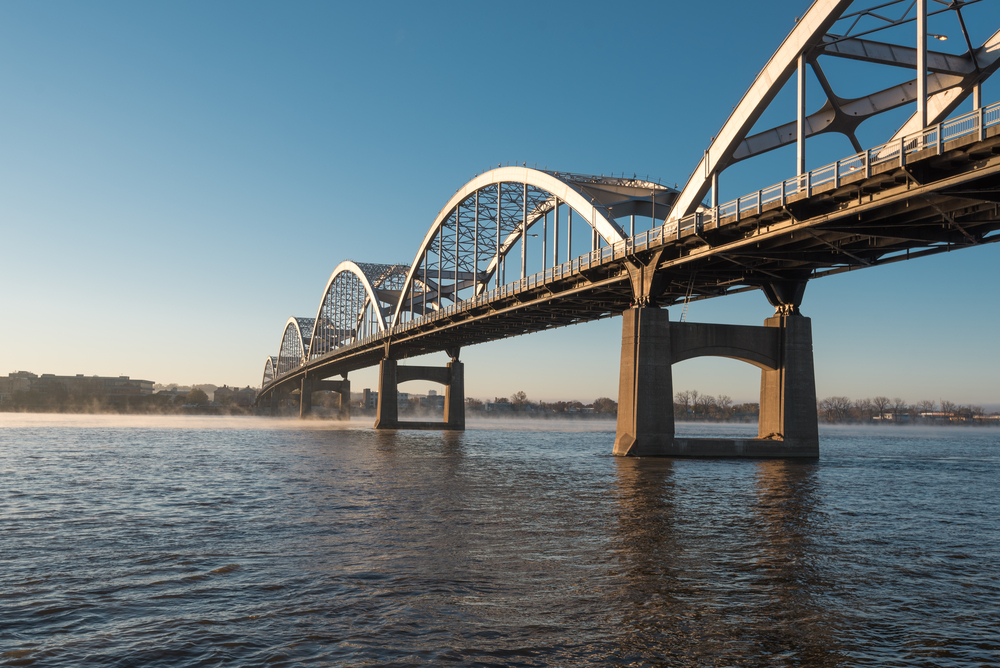
The river’s fisheries shift from walleye to catfish in the north and south, respectively. South of St. Louis, where the Missouri River meets the Mississippi, the river expands and gets more turbulent.
Pools north of Lock 21 at Quincy are regarded as magnets for walleye as well as sauger fishing in the area.
The tailwater just passes Lock and Dam 12 in the Bellevue area of Iowa, as well as the Pool 12 wing dams in Jo Daviess County, and both offer good opportunities.
Additionally, Lock and Dam number 17 in New Boston is a popular fishing destination.
Catfish can be found in abundance in the river’s southern sections. Some 160 miles between the counties of Monroe and Alexander, the side channels and riprap areas, as well as the tailwaters and coastline regions, below Lock and Dam 26 at Alton, are suitable places to search.
Are ramps plentiful along the Mississippi River?
Every municipality along the river’s 14 navigable pools as well as federal and state general use zones has a launching facility.
However, the area below Alton has very restricted access.
What are the dangers for anglers on the Mississippi?
It’s imperative to bring up the subject of river safety whenever the Mississippi is discussed. Avoiding barges is a good idea because they are continually moving in and out of the water.
It is important to use caution when using wing dams for fishing at specific periods during the year.

Dams and locks are great fishing destinations, but they may also be extremely dangerous places.
Please stay a minimum of 200 yards from these areas at all times. To keep your boat anchored near navigation dams, use a hefty, durable anchor on a powerful line that is at least 50 yards long.



